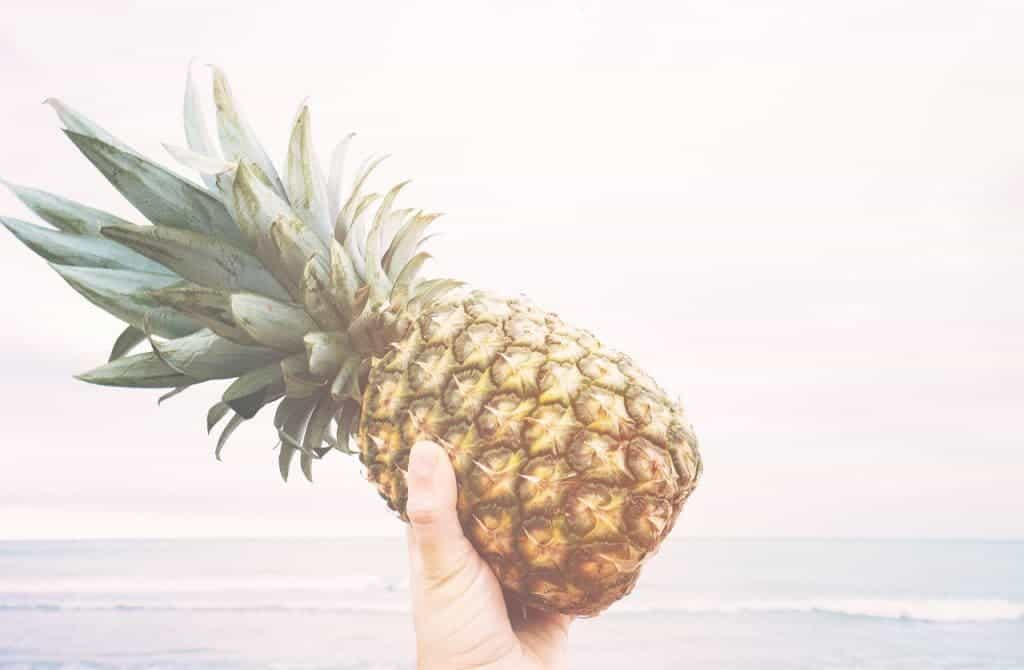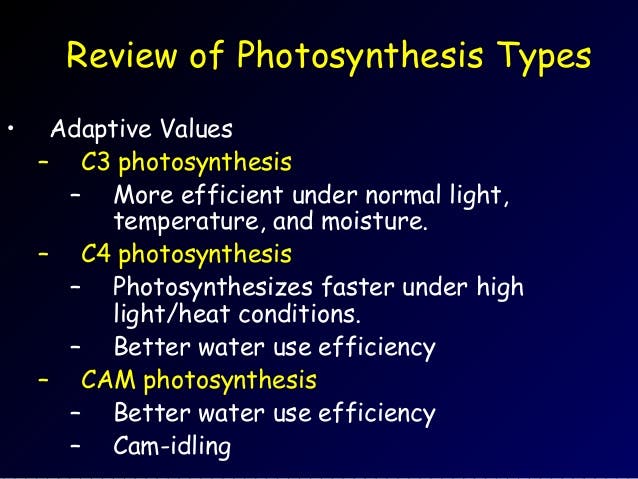The pineapple is the second most grown fruit crop behind bananas, with 85 countries producing about 25 million metric tons each year. It’s sweet, exotic, tasty. Most people love it. But there’s more to the pineapple than meets the eye. It’s one of the most drought resistant crops out there, and scientists have now finally identified the genes that make the pineapple so resilient. By genetically engineering similar crops that share a genetic history with the pineapple it’s possible to lend its drought resistance, and thus help curb the stress these face at the hand of global warming.

Although largely everyone in the world largely refers to the fruit as “ananas”, the first English speaking settlers called it the pineapple due to its resemblance with a pine cone. Christopher Columbus brought this native of South America back to Europe as one of the exotic prizes of the New World. It’s thought, however, that the pineapple was first domesticated about 6,000 years ago in what is now southwest Brazil and eastern Paraguay.
Like most plants, the ancestors of the pineapple went though various genome doubling. Tracking the remnants of these genome duplications proved to be the scope of the researchers at the University of Illinois. The team sequenced the entire genome of the pineapple, along with certain grasses, and found evidence of two whole-genome duplications in the tropical fruit’s history. The sequencing also validated previous findings of three such duplications in grasses. The most important findings have to do with how the pineapple performs photosynthesis.
In photosynthesis — the most important chemical process on Earth (to life at least) — plants harvest sunlight and create carbohydrate molecules. Not all plants perform photosynthesis in the same way. There are actually types of photosynthesis: C3 photosynthesis, C4 photosynthesis, and CAM photosynthesis – each with its advantages and drawbacks.

The pineapple uses CAM photosynthesis, along with 10,000 other plant species, while most crops use C3 photosynthesis. What makes CAM pretty amazing is that it can do the same job as C3 with five times less water, meaning CAM plants can grow in dry, marginal lands that are unsuited for most crop plants. In the context of changing climates, rising surface temperature and water shortages, lending some CAM traits to C3 plants might prove extremely helpful to securing the global food supply.
University of Illinois plant biology professor Ray Ming and colleagues found that the genes that contribute to CAM photosynthesis are regulated by the plant’s circadian rhythm. This makes sense, since empirically, the pores on pineapple leaves close during the day and open at night. This helps the pineapple and all other CAM plants retain most moisture throughout the day. According to Ming, CAM photosynthesis allows the pineapple to absorb and fix carbon dioxide into molecules during the night, concentrate it in its leaves and release it the next day for photosynthesis.
“Drought is responsible for the majority of global crop loss, so understanding the mechanisms that plants have evolved to survive water stress is vital for engineering drought tolerance in crop species,” the researchers wrote in Nature. “CAM plants can keep their stomata closed during the daytime… greatly reducing water loss.”
Researchers think their best chances might lie with sorghum and rice which share a distant evolutionary history with the pineapple. This might work with other plants as well, considering all plants “contain the necessary genes for CAM photosynthesis, and the evolution of CAM simply requires rerouting of pre-existing pathways,” the researchers wrote.
Was this helpful?



